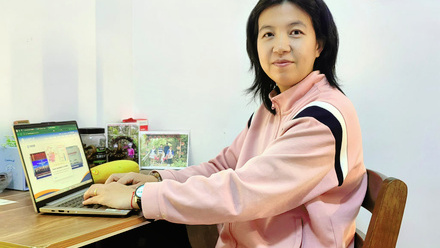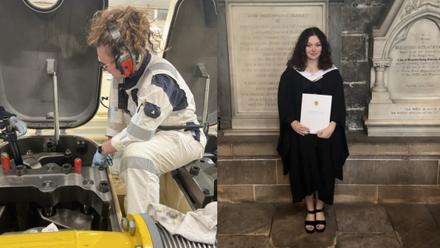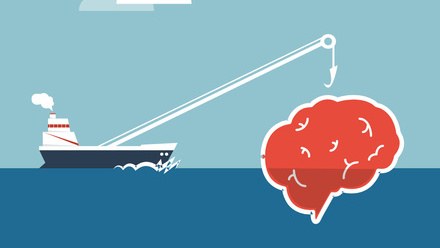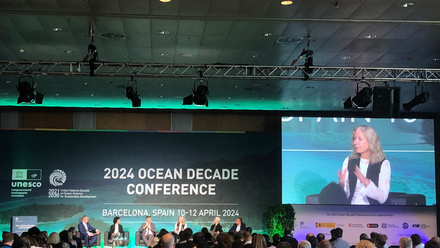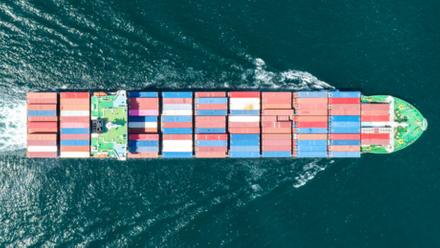Addressing the gender problem in shipping
According to the 2021 BIMCO/ICS Seafarer Workforce Report, women comprised just 1.2% of the global seafaring workforce, and the concerns of many over safety are unfortunately all too real.
It’s no secret that the shipping industry has a gender problem. While the aforementioned report in 2021 marked a 45% increase since 2015, the numbers are stark, and the pace of progress, slow. As the sector grapples with labour shortages and growing demands for inclusion, tackling gender imbalance has become a matter of both fairness and long-term sustainability.
The IMO has recognised this imbalance for decades. Its gender work dates back to 1988, when it launched what is now known as the Women in Maritime programme. Since then, the initiative has evolved, but its core aim remains to support equitable participation across the maritime sector regardless of gender.
“Our position is simple: human rights are human rights,” says Mariana Noceti, focal point for the Women in Maritime programme at the IMO. “We support people being able to go to their place of employment and not suffer any sort of harassment, bullying or discrimination, whether based on gender, sexual identity, sexual orientation… or any other characteristic.”
Although the programme has been running for 37 years, Noceti confirms: “Great strides have taken place, particularly in the last five to ten years.”
Highlights include the 2019 World Maritime Day theme of Empowering Women in the Maritime Community and the launch of the annual International Day for Women in Maritime in 2021. Broader social movements like #MeToo, Noceti adds, have also helped highlight the need for safe, inclusive workplaces.
“Globally, a lot of conversations have been taking place, recognising that perhaps women were not as safe or welcomed in the workplace as previously assumed,” she laments.
Safety concerns are real
Before working as Global Technical Director at Lloyd’s Register, Claudene Sharp-Patel spent many years as one of the 1.2% women seafarers.
“When I started my time on the Australian coast, it was not unusual that we all got together and were warned, lock your doors at night, otherwise you will have people in your cabin, make sure you're not alone with such and such, or a group of people,” the IMarEST Fellow says.
Since the ability to report sexual harassment online, stories of abuse are unfortunately not uncommon, with women who speak up sometimes being labelled as ‘problematic’.
Fortunately, those attitudes appear to be changing, albeit arguably not fast enough. Safer Waves, for example, ran a survey in 2020 where nearly 60% of respondents had experience sexual harassment; 25% had encountered sexual assault (75% of respondents identified as female).
Sharp-Patel believes improving safety must include creating safe reporting spaces, holding people accountable, changing perceptions around women at sea, and bringing more women on board.
She notes that harassment appeared less frequent during her time at BP, where seafarers could bring their families onboard. The more women onboard, Sharp-Patel postulates, the more behaviour shifts, and the safer the environment becomes for everyone.
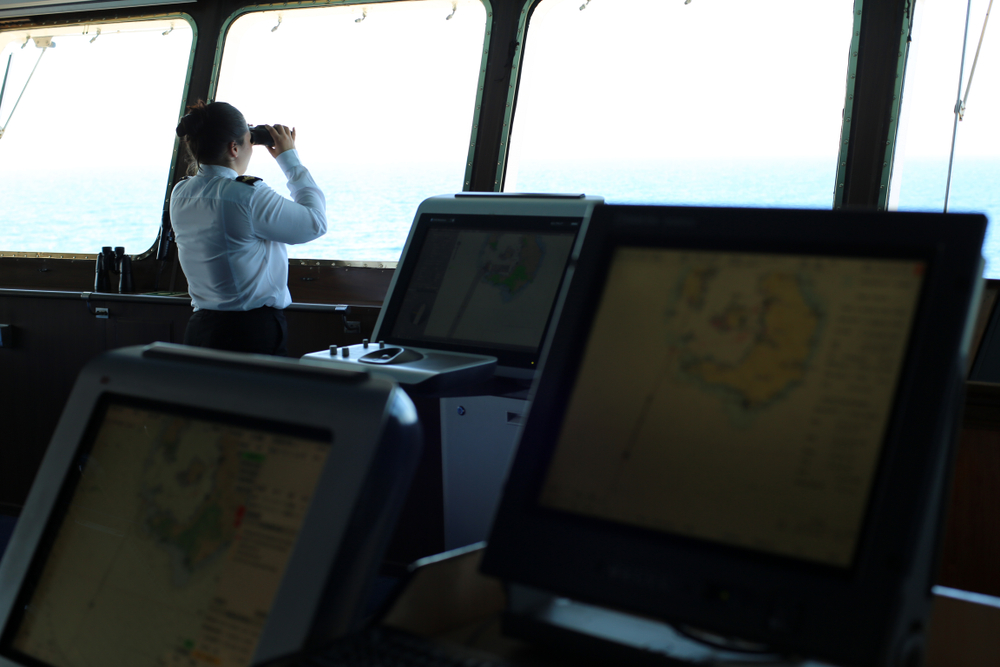
Making careers at sea appealing
Getting more women into the seafaring sector in general is already a challenge. “We can be a bit of an invisible industry,” says Noceti. “We have to make careers at sea attractive for young women, while also ensuring that the women already employed in the sector have all the tools they need to succeed.”
These tools include training opportunities. “We often see women being overlooked when it comes to selection for training programmes,” says Noceti. The IMO, in partnership with WISTA International, are providing a two-week leadership training course with the World Maritime University. “We hope this becomes an annual training opportunity that we offer.”
Beyond increasing the number of women in the sector, Sharp-Patel says there’s a need to diversify the roles they occupy. While today more women can be found in more senior positions, women engineers are still something of a rarity.
Addressing this imbalance means tackling stereotypes about women’s capabilities, improving access to technical training, and creating environments where women can thrive in engineering, operations, and leadership roles.
There are also practical issues to address. Menstruation, for example, can be a problem for those at sea for many months. It’s not just a case of making sure you bring enough sanitary products for the entire duration of your stay, but, “Do you have a way of disposing of them?” asks Sharp-Patel, noting that separate toilets and changing rooms are only starting to become more common onboard tankers and similar vessels.
“At shipyards, we have the same problem. They don’t always have female bathrooms and changing rooms. Without those, women seafarers have to stay onboard or walk long distances to find one. That can be anywhere between 20 minutes to an hour journey,” Sharp-Patel notes, adding that some colleagues at Lloyd’s Register are working with the shipyard sector to address this issue.
Engaging directly with women
With so many complex and often interacting factors contributing to shipping’s gender imbalance, “Specific policies, guidance, and legislation need to be put in place to correct what has been historically an issue,” says Noceti. “There’s a great deal of goodwill… but at times [industry and member states] feel unsure about where to begin.”
Here, IMO’s Women in Maritime Associations (WIMAs) are already making some headway. These networking groups cover different regions of the world, allowing women across all maritime industry sectors to connect, share best practices, and support each other.
“They also serve as a vital channel for the IMO to engage directly with women, listening to their needs and collaborating to help member states advance on gender equality,” explains Noceti.
Cultural differences, perceptions, and biases can vary, each requiring local knowledge and experience to design effective strategies and support mechanisms. There are, however, many commonalities, which is why in 2024 the IMO implemented a five-year global strategy for its WIMAs. “[It is] to make sure that our efforts are aligned and focused on clearly defined priority areas,“ says Noceti.
Alongside guidance from the associations, the IMO is looking for data-driven insights. In partnership with WISTA International, the IMO conducted the first Women in Maritime survey in 2021, collecting important information about the sector. The results of the second survey, undertaken in 2024, were released in time for the 2025 International Day for Women in Maritime on 18 May – unfortunately, the initial findings found the number of women in the total workforce had reduced compared to 2021.
Yet Noceti remains broadly positive, concluding: “Awareness of gender equality in maritime has grown significantly over the past decade. The next step is to turn that awareness into meaningful, sustained action.”
Tell us what you think about this article by joining the discussion on IMarEST Connect.
Newsletter image: WIMA Asia regional conference. Credit: WIMA.
Inline image: making maritime careers more appealing to women. Credit: Shutterstock.

